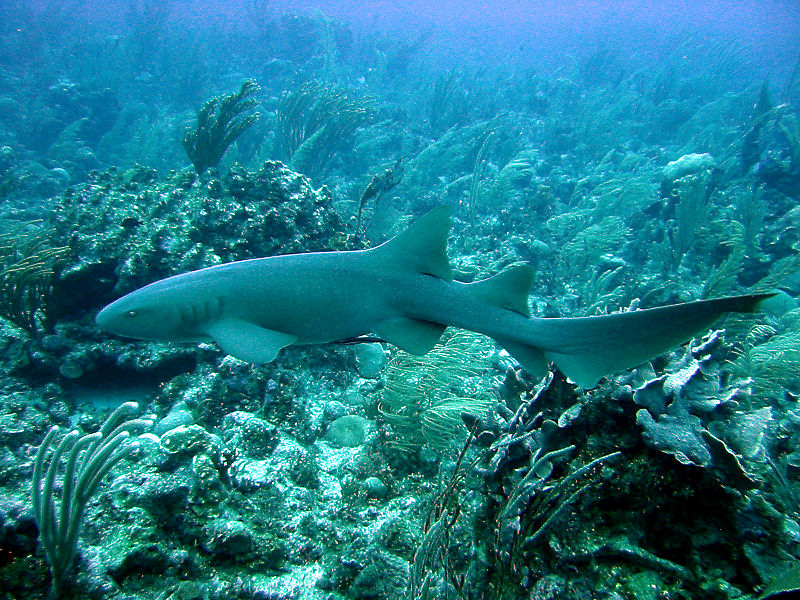
It is the middle of the week and I can understand if some of you are sick of working and looking forward to the long weekend. In order to help cure this sickness Wild Facts is going to introduce you to a nurse today. I can afford to do this since we have free health care in Canada. Readers, I want you to meet Nurse Shark. While this shark is trying to solve your mid-week blues lets take a moment to learn a little bit more about this health practicioner.
Obviously, I wouldn’t recommend going to a Nurse Shark for medical advice since the “schools” they are in don’t teach medicine. This particular shark does indeed go to school and can often be found lazing around in groups with up to 40 individual Nurse Sharks. Like most students, the Nurse Shark is only in these schools during the day while they are resting. Once night falls these hunters of the sea will go out on their own to look for food. So what type of food are these nocturnal, solitary hunters looking for? The Nurse Shark will prey on fish, shrimp, sea urchins and have even been known to feast on stingrays. They better make sure they avoid that stinger on their tail, unless of course the Nurse Shark is in the Stingray aquarium at SeaWorld.
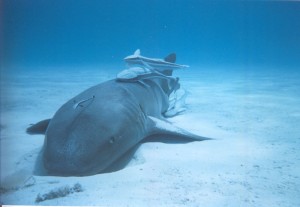
The Nurse Shark can become very large as they range in size from 2.5 – 4.3 m (8 – 14′) long and can weigh up to 150 kg (330 lbs). Not only that but they also have very powerful jaws filled with thousands of tiny, serrated teeth. They are usually more docile than other shark species but if you irritate one they will bite to protect themselves. I am willing to bet that you will need to go and see a real nurse if you annoy one of these sharks.
You might be thinking that you will never have to worry about encountering one of these sharks but that is not necessarily true. You see, the Nurse Shark lives in the shallow waters along the coasts of tropical and sub-torpical areas. They are usually found in depths between 1-2 m (3-6′), which just happen to be the same depths you are boogie-boarding in on your Carribean vacation.
Nurse Shark Fast Fact – Although Nurse Shark’s are abundant throughout most of their range their sluggish, docile nature coupled with their proximity to humans may be starting to stress their population. They are not commercially fished, however, they are hunted for their extreamely tough, leathery skin.
I hope you enjoyed your visit to the nurses office. Enjoy the rest of your day!

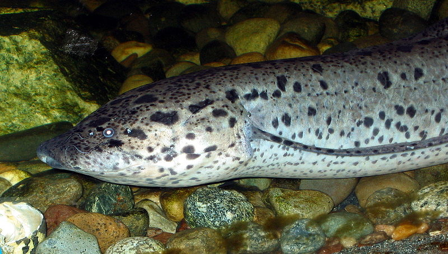
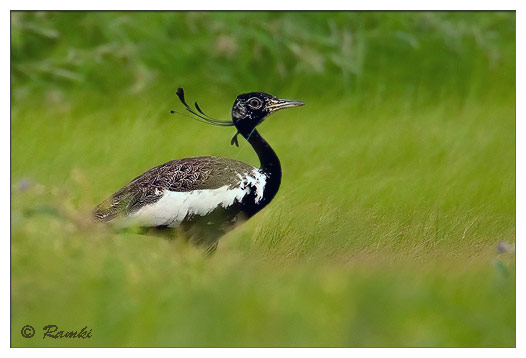
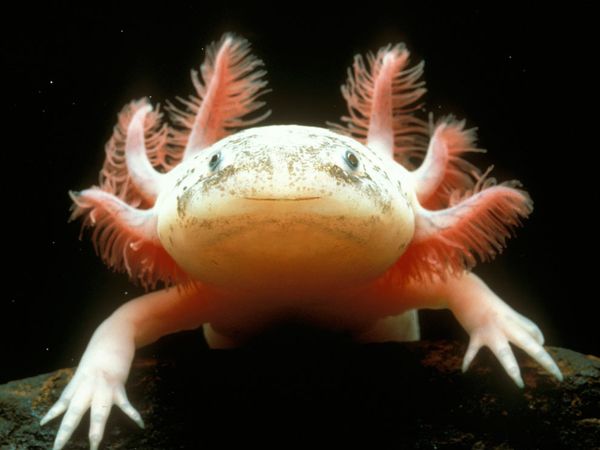
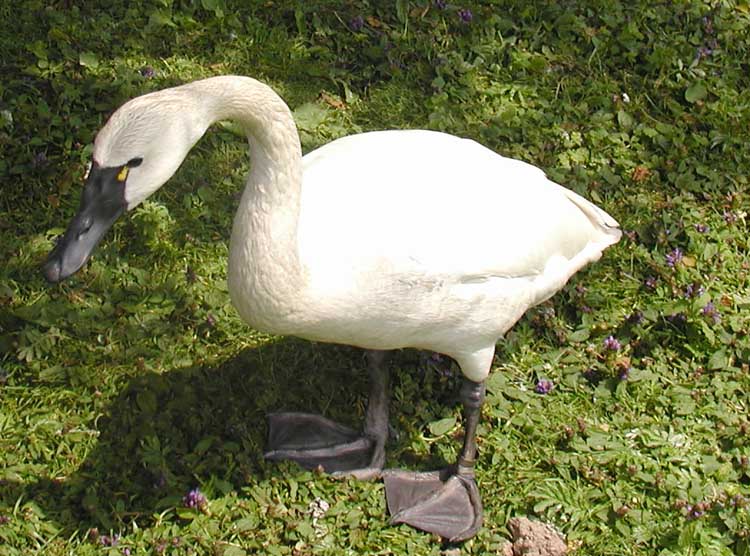
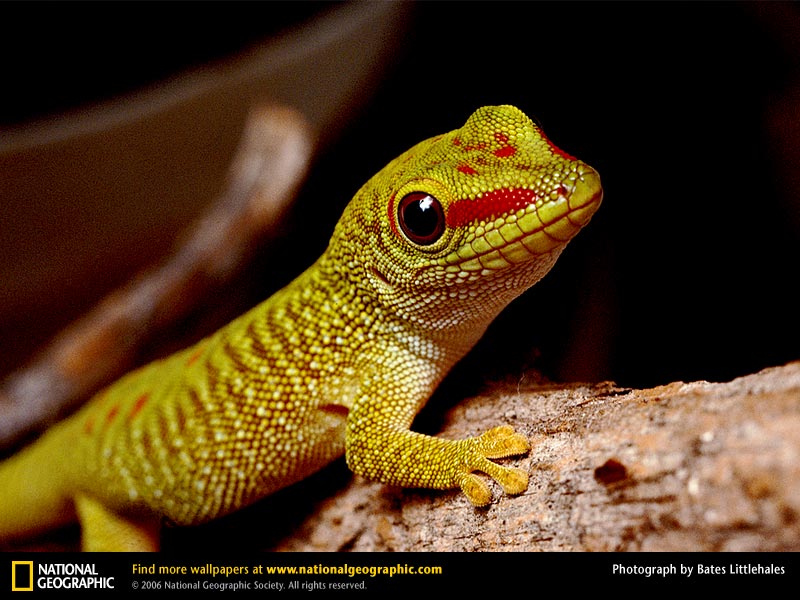
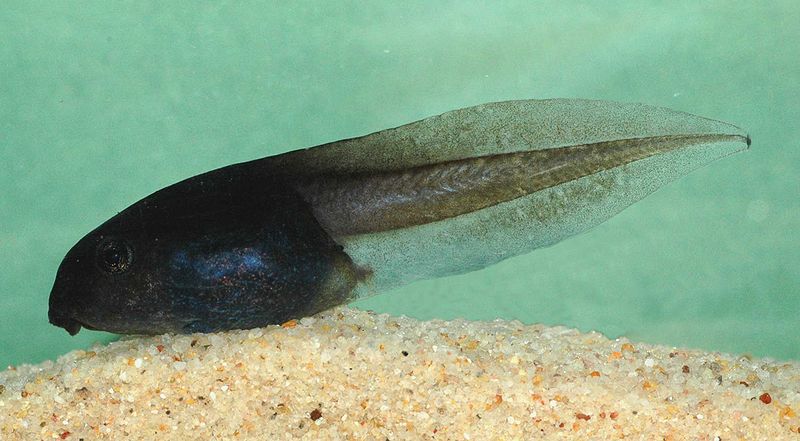
Not a particular sight I would want to see while swimming. You’re getting pretty close to your 1000 animals – whatever are you going to do when you get there. #1000 will have to be a doooozy to finish off your quest. I’ve been scrolling down and reading some of the other wild facts I’ve missed – you’ve done well Nathan.
Even managed to spend some time on our ancestors, I’m impressed, didn’t expect that. Enjoy your snow, keep it for now, I’m sure there will be plenty heading our way soon enough. Love ya kiddo.
Hi Aunt Bev,
I have great news for you! I am actually counting down from 1000 Wild Facts which means you still have the opportunity to read over 700 more Wild Facts (roughly for the next 2 years).
Thanks for the encouragement and I will be sure to bring some snow back with me the next time I am in Ontario!
How and why did they get the name Nurse?
Great question and I had actually wanted to include this in my post but ran out of room.
There are a couple of theories behind the name “Nurse”. The first one is that it comes from the sucking sound they make while hunting which sort of sounds like a nursing baby.
It may also have originated from the archaic word “nusse” which means “Cat Shark”.
Most likely though they received this name from an Old English Word “Hurse” which means “Sea-Floor Shark”. This last one makes sense since the Nurse Shark is usually found on the ocean floor.
Thanks for the great question.